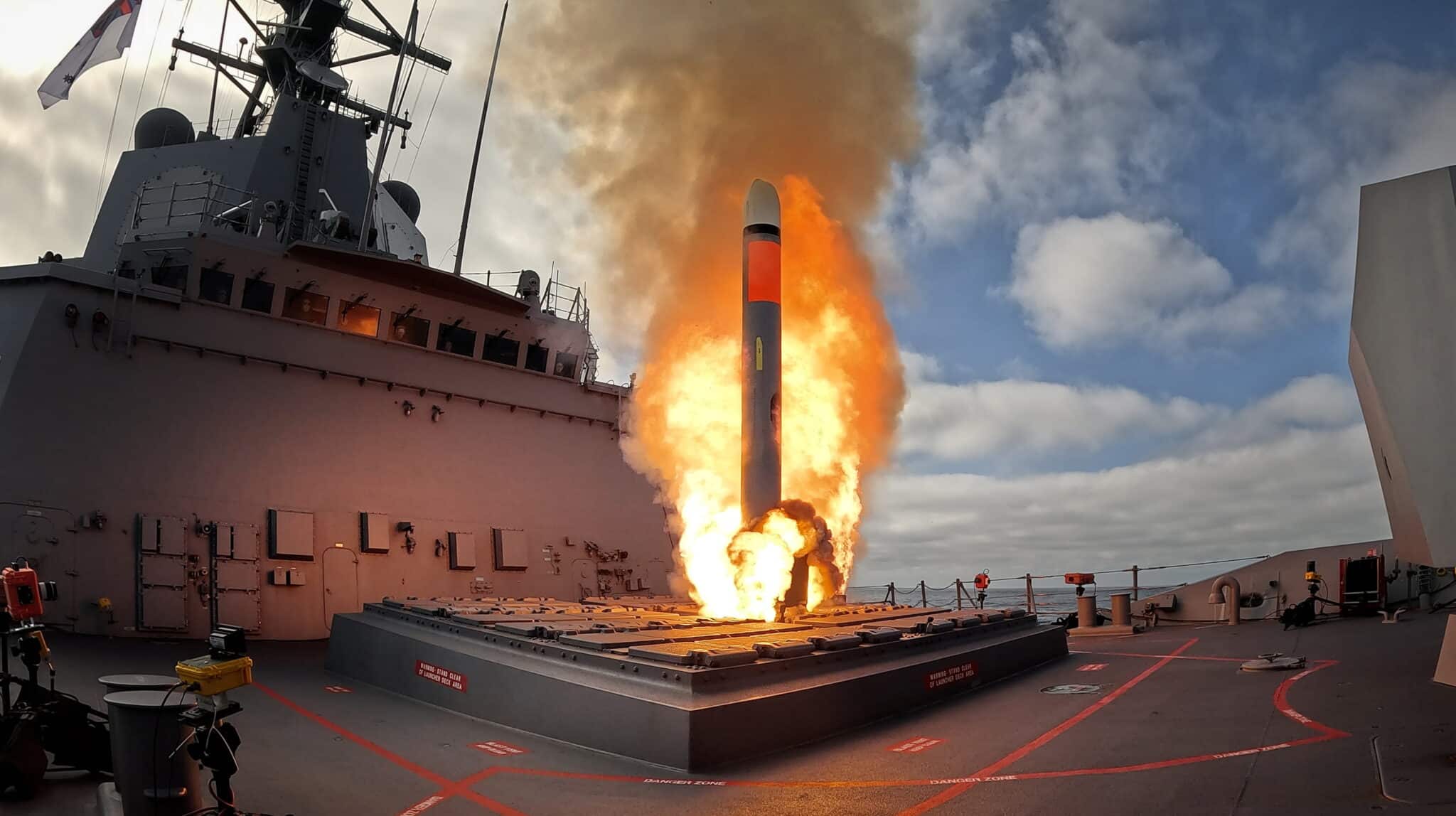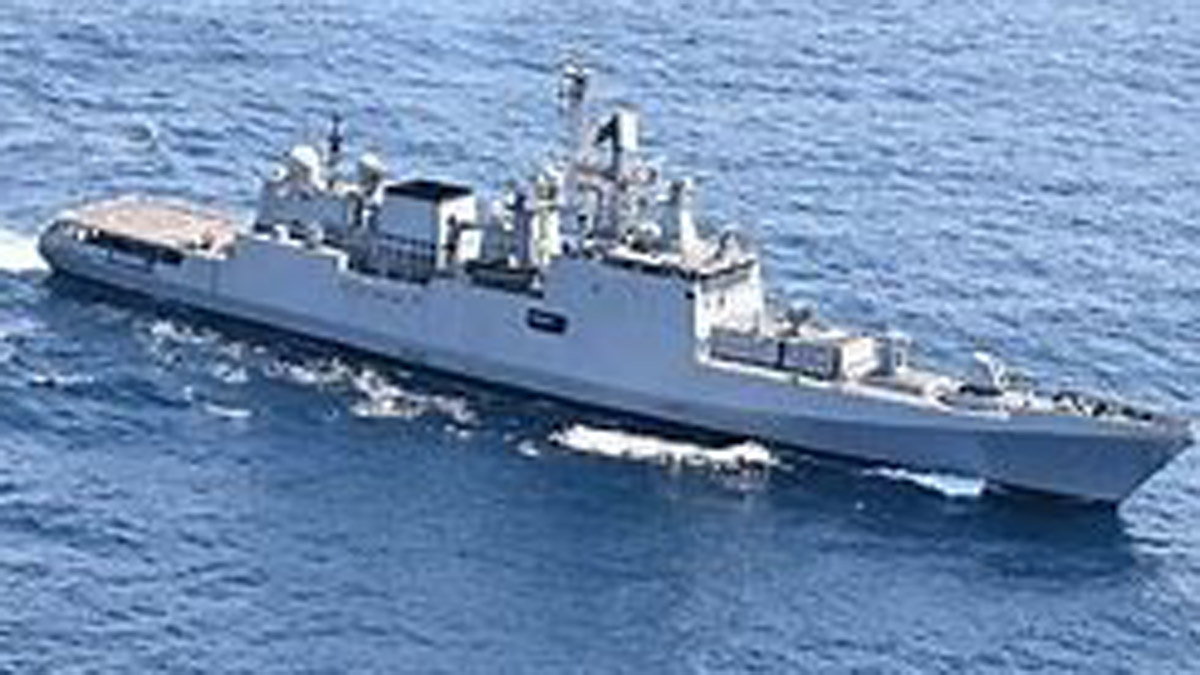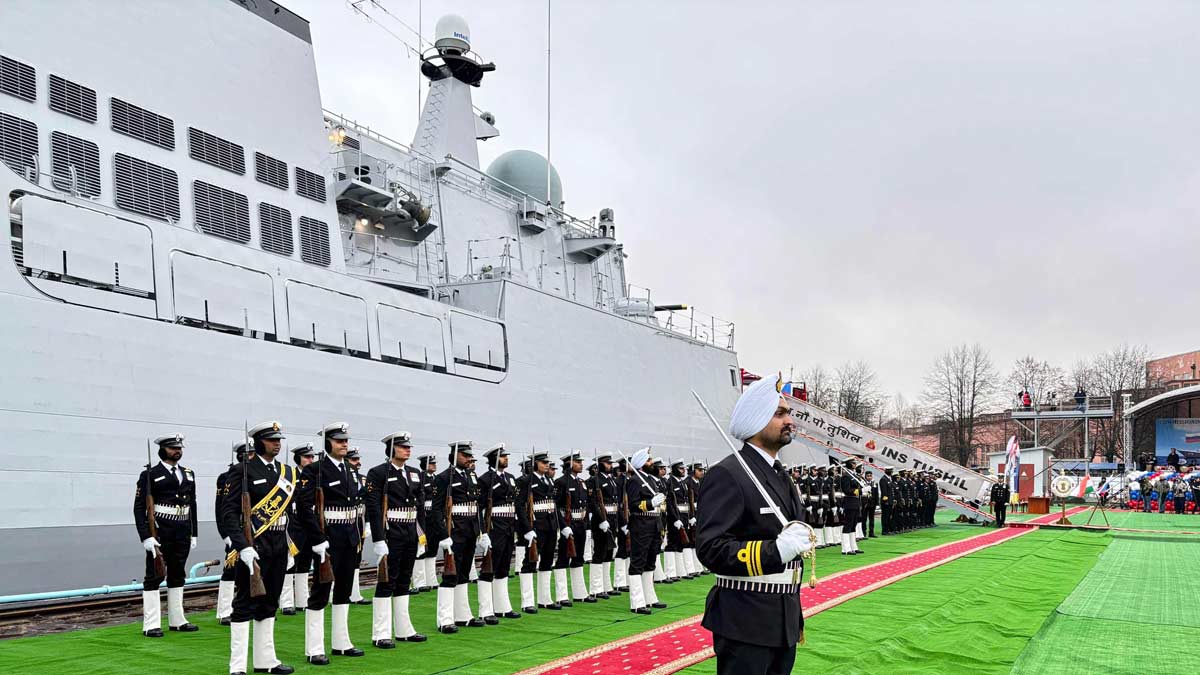NCC Cadets in Jalandhar Undergo Intensive Military Training with Artillery Regiment
NCC cadets from the Senior Division of the NCC Group in Jalandhar are currently participating in an intensive 12-day military…
USS Zumwalt Destroyer Receives Hypersonic Missile Upgrade in $155 Million Project
Huntington Ingalls Inc. (HII) has successfully undocked the USS Zumwalt (DDG 1000), the US Navy's advanced destroyer, which has undergone…
ISRO and Indian Navy Successfully Conduct Well Deck Recovery Trials for Gaganyaan Mission
The Indian Space Research Organisation (ISRO) and the Indian Navy successfully conducted “Well Deck” recovery trials for the Gaganyaan mission…
Australia Test-Fires US Tomahawk Cruise Missile, Marks Major Milestone in Naval Expansion
In a significant development for its naval capabilities, Australia has successfully test-fired a U.S. Tomahawk cruise missile, marking a pivotal…
INS Tushil Commissioned, Enhancing Indian Navy’s Capabilities in Indian Ocean Region
In a notable development for the Indian Navy's capabilities in the Indian Ocean Region (IOR), the guided missile frigate INS…
INS Tushil Commissioned: A Landmark Collaboration Amidst Russia-Ukraine Conflict
On Monday, the Indian Navy welcomed a significant addition to its fleet with the commissioning of the guided missile frigate…






